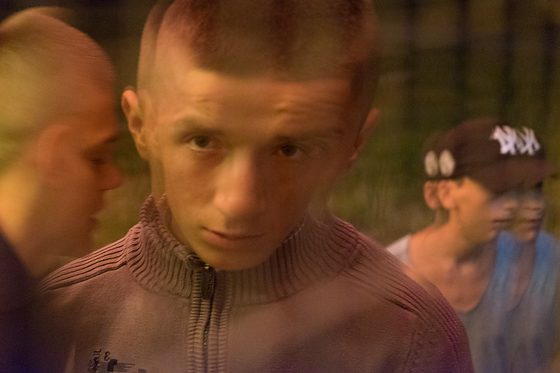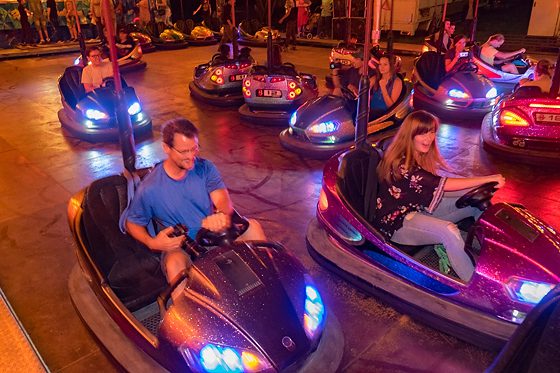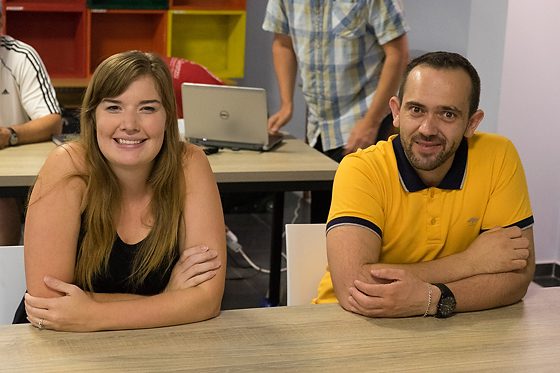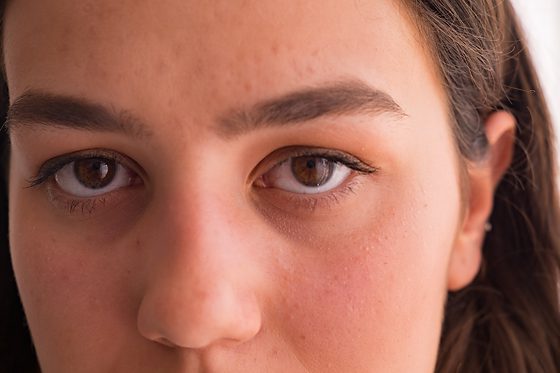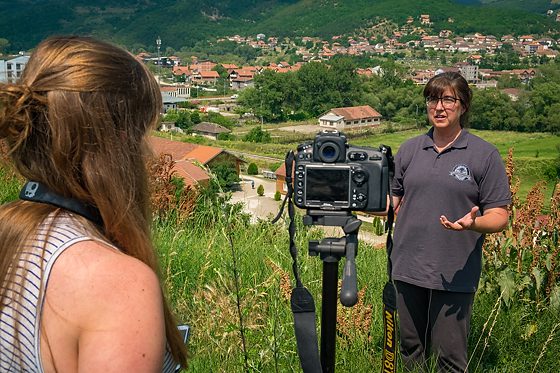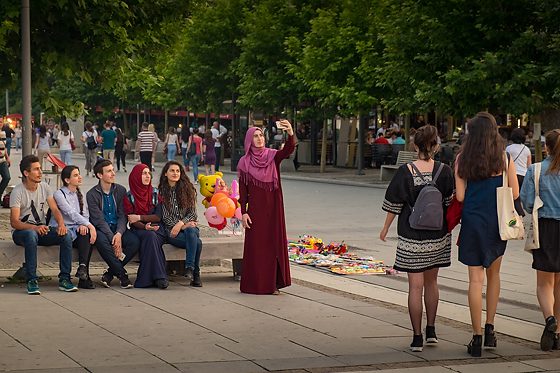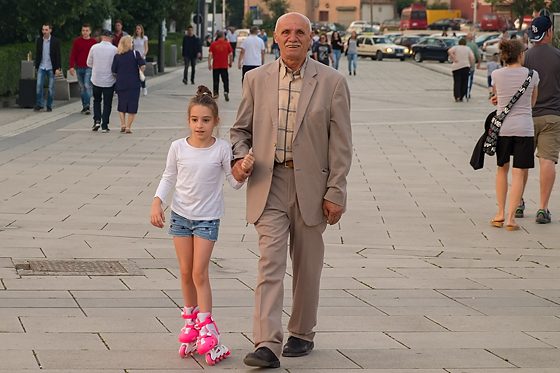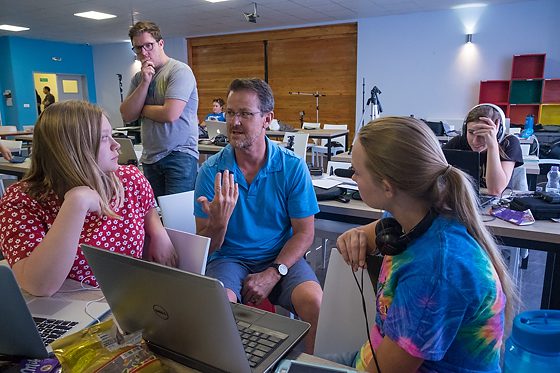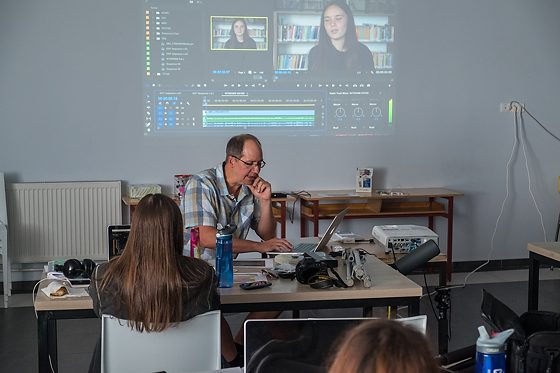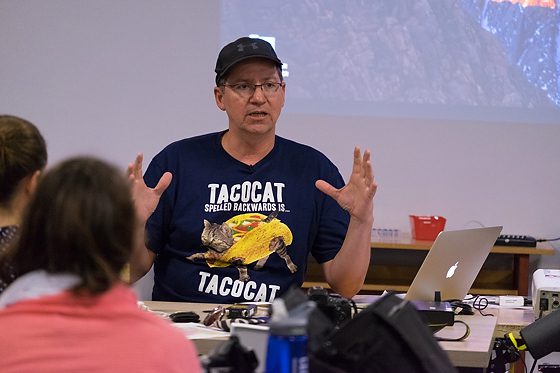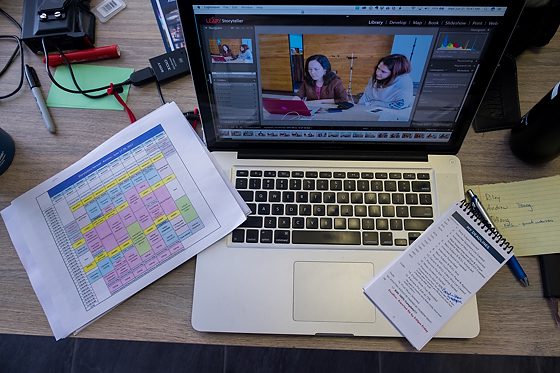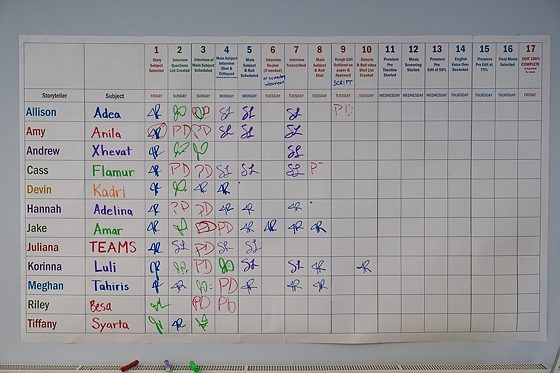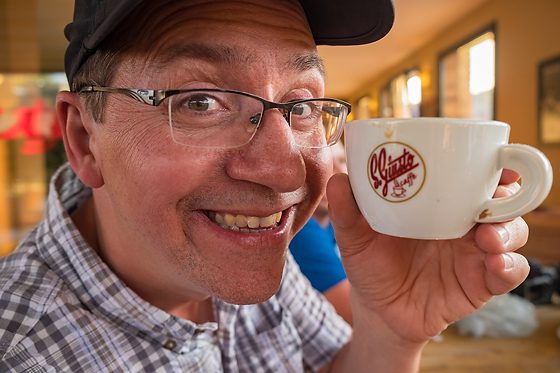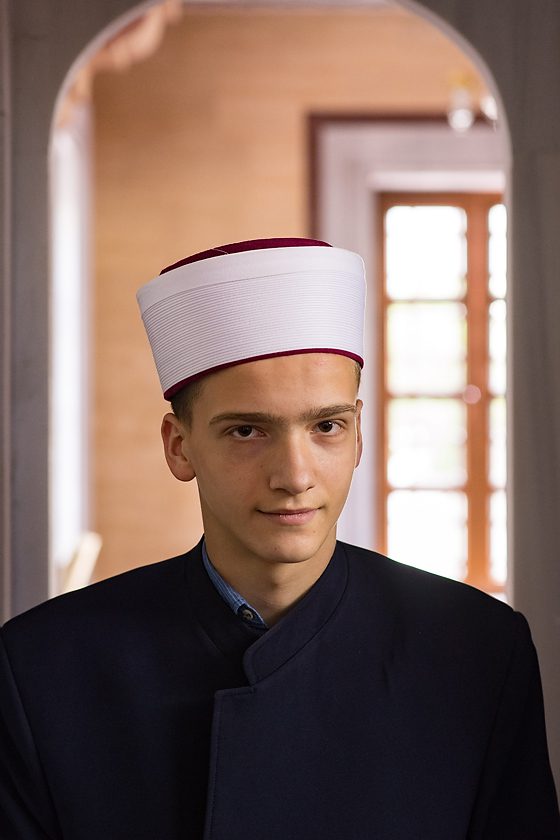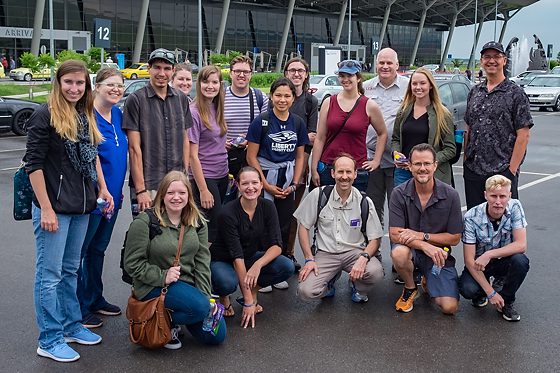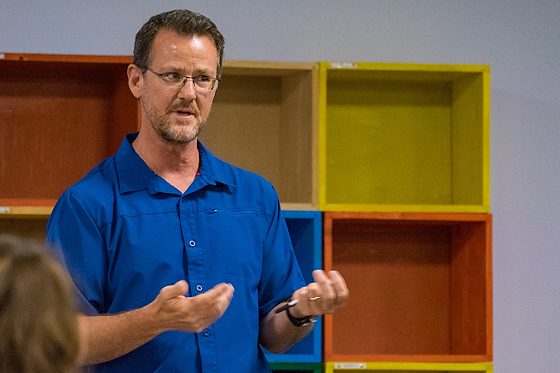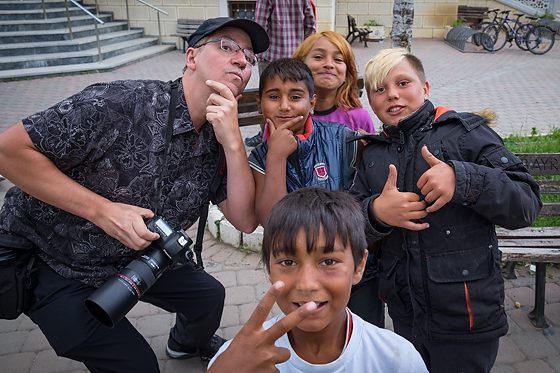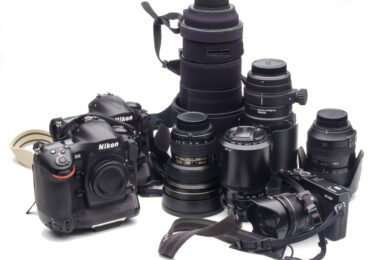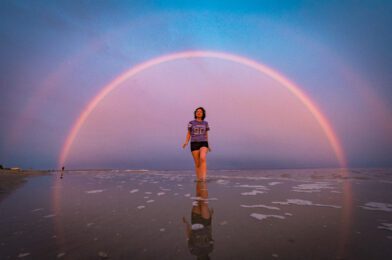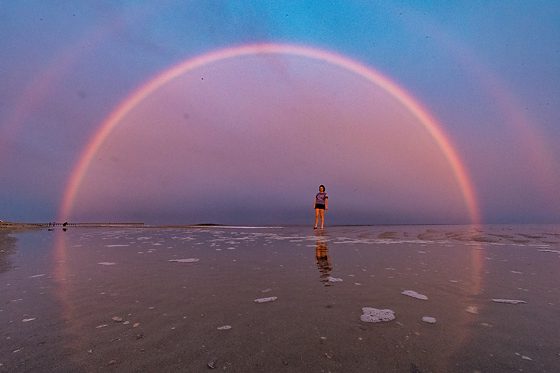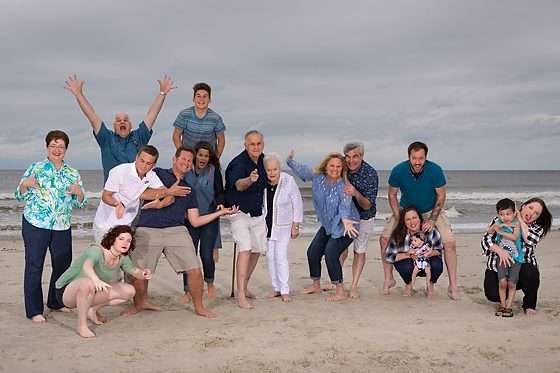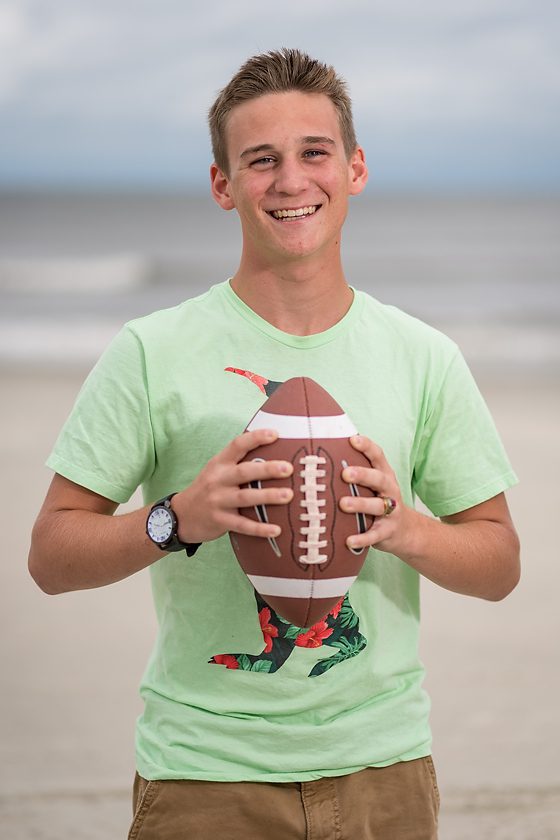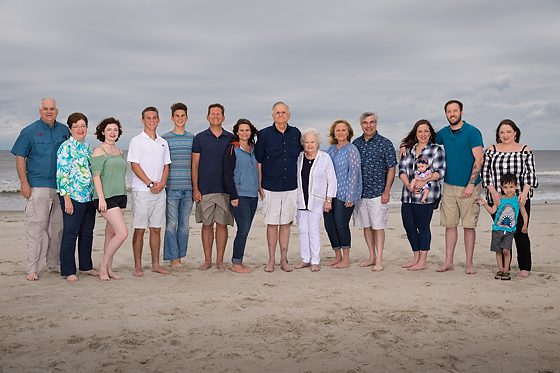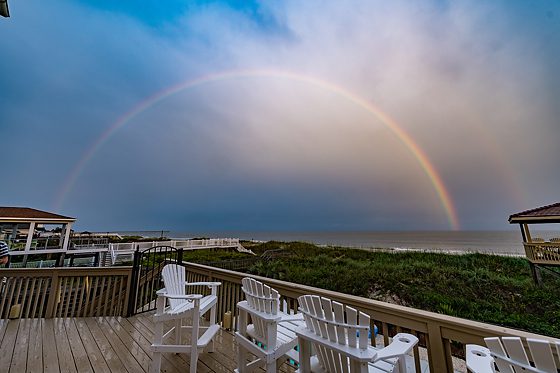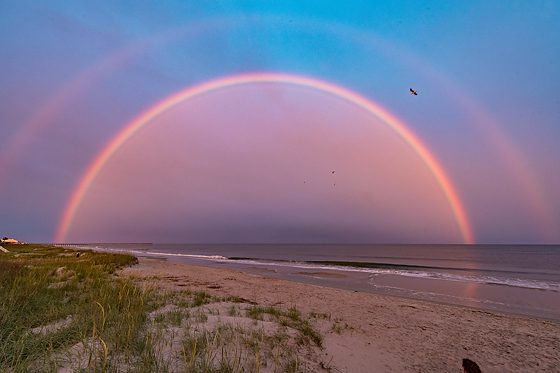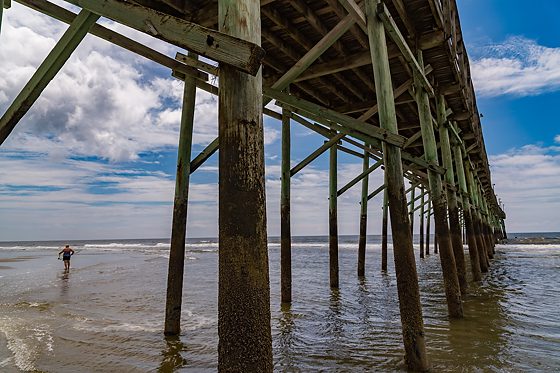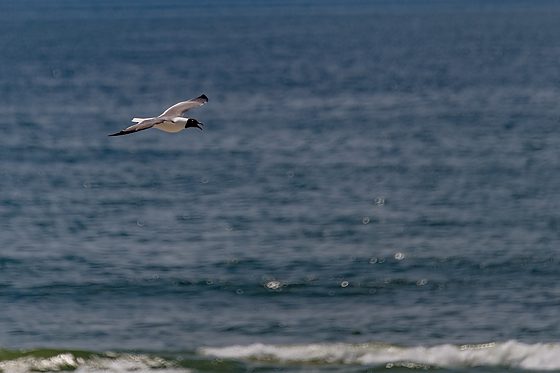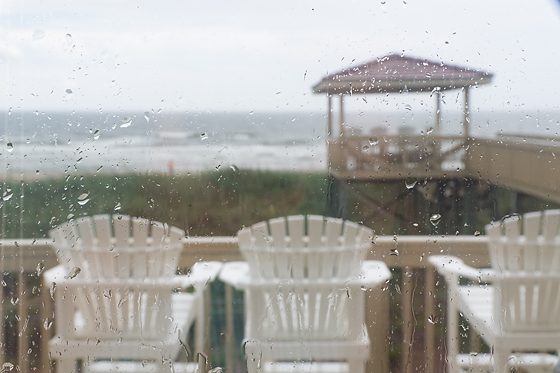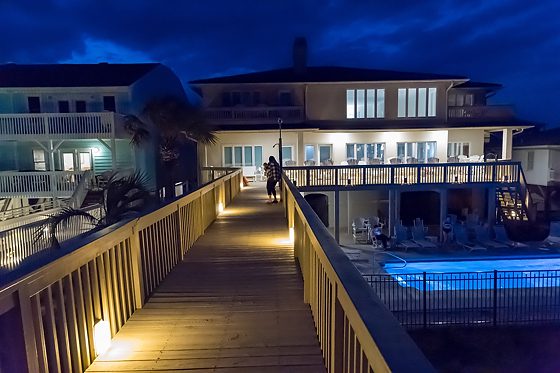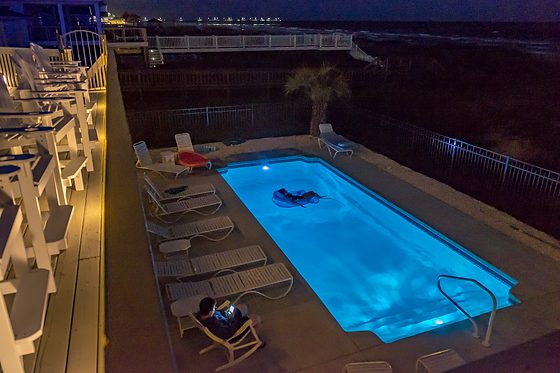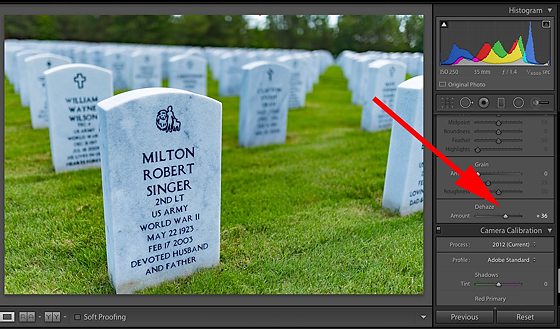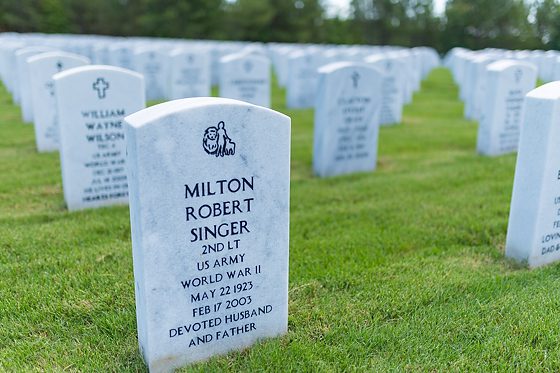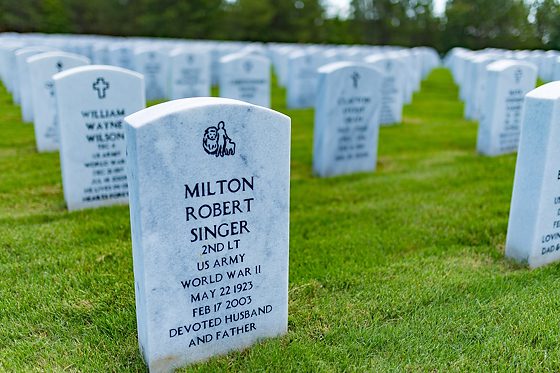Great book for those wanting to learn more about Aspergers.
This past week I have talked with a few people about Aspergers. I have been transparent through the years about my Aspergers. I have found that this has helped others understand me better and made my interactions with people more productive.
Whenever I speak at workshops, I like to tell my story, and I am surprised that almost every time I do, someone comes up saying they have it or have a family member with Aspergers.
I have been asked to talk to family members and help them understand Aspergers a little better.

These are just some of the books I have on Aspergers, and I recommend that anyone wanting to learn more get some of these books.
Asperger syndrome is an autism spectrum disorder with generally higher functioning. People with this condition may be socially awkward and have an all-absorbing interest in specific topics. Communication training and behavioral therapy can help people with the syndrome learn to socialize more successfully.
I believe that Teddy Roosevelt’s quote is critical for those with Aspergers to understand as key to their success in living with Aspergers.
“People won’t care how much you know until they know how much you care.”
The turning point for me to start what I call the path to improved social skills was when I realized I wanted relationships with people and was able to acknowledge it wasn’t so much the other person’s responsibility to understand me as it was for me to understand them.

I believe that most people with Aspergers have a subject interest that, when overlapped with people, can be the place where social skills are best developed.
For me, that subject was photography. To get better, I sought out experts. I just happened to stumble upon a topic and mentors that would help me more than I would ever realize with Aspergers.
My mentor Don Rutledge and my uncle Knolan Benfield told me how to improve my photos of people and required me to understand body language. Lucky for me, I majored in Social Work, which was my first real introduction to learning how to read people.
In Social Work, I had to be trained in interview skills. We were videotaped and analyzed ourselves with the help of teachers and classmates as to if we were not just listening with our ears but our eyes.
I do not remember all the videos I saw on the topic while in college, but it was a good number. Then many of my professors would also demonstrate and help us learn to pay attention to the nuances.
Later, after I had graduated from college and worked with Don Rutledge, it was his instruction that really helped me take this to a different level.

We were shooting a film when I worked with Don. He would take my contact sheets and his to go frame by frame to explore body language and help me to see how to find the moments that had the most emotion and impact. Little did I know I was being taught what was my most considerable struggle up to this time. I had struggled with reading situations and knowing that people were sending me visual cues in our interactions.
I do not know many subjects that will let you get to the core issues of what a person with Aspergers struggles with more than one that requires you to recognize body language and predict it rather than photojournalism.
If you have Aspergers or your friend and family member do and want to learn more, here are some books I have read that helped me know more. Each one comes from a different perspective. Some are not about Aspergers but about reading people and body language. Those books will help you as well.
I love a few TV Shows where the main characters, in my opinion, exhibit Aspergers. The Big Bang Theory with the character Sheldon is a great show to watch a person struggling with relationships.
I just came across a Netflix show from the BBC Doc Martin that the main character has inferior social skills.
This is an excellent movie about Aspergers. By the way, all these links are to Amazon, and I get a small percentage of the sale, but the costs are no different for you.
Here are the books I recommend.
With all these resources, I still struggle. While I care for others, I am not always moved to empathy as quickly as I should. Often my heart is too mechanical in the way it plays out.
My biggest supporter is my wife, Dorie, who had helped me grow beyond where I was when we first met. I have many friends today who know that I am caring after getting to know me.
My greatest wish is to be a compassionate person who constantly seeks ways to serve people.
How about you? Do you want to know what you know or how much you care?


